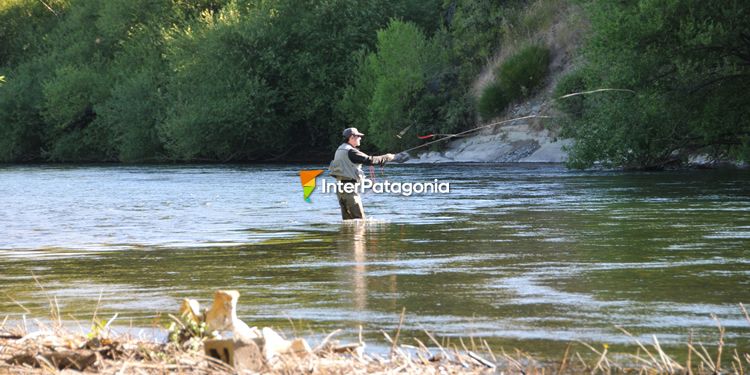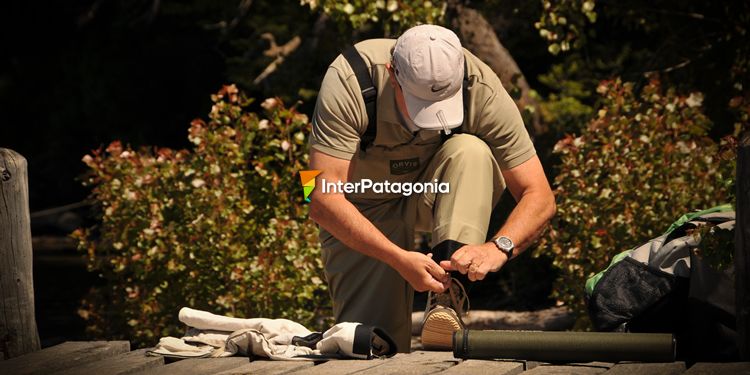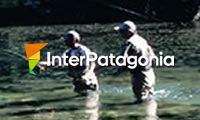Among the many attractions in the sport of fly-fishing, nothing brings a smile to a fisherman’s face faster than the thought of wading a river.

River wading is nothing more than walking inside a river, usually in the downstream direction so as not to fight against the current. Leaving the river coast behind enables fly-fishermen to “read” a river’s geography for the flumes, submerged boulders, sinkholes, and pools where The Big One awaits.
Wading a river is a magical experience for fly-fishermen. Many even say that it is the true soul of the sport.
Fishermen must wear the correct equipment in order to safely and correctly wade a river. Here are the essential pieces of equipment and some considerations to make before purchasing.
A pair of wading pants called “waders” is the fundamental piece of equipment. They are what protect fishermen from the wet and cold temperatures of Patagonian rivers. Waders come in a range of qualities, materials, and prices. On the economic end are latex waders, though they are the least durable option. Then there are any number of mid-range rubber and synthetic waders. Neoprene waders are the most expensive, but also the best performing and longest lasting fly-fishing waders.
Most important, waders should be comfortable and not restrict movement. Two basic styles are available: hip waters that are worn like pants, and shoulder waders worn like a pair of overalls. A good set of waders allows fishermen their full range of motion as if they weren’t even there.

A quality external belt often allows fishermen better mobility from within their waders.
A pair of river boots are equally as important as the waders, and literally the base on which the sport is built. These boots allow fishermen to walk along different types of river beds, a task that is more difficult than it might seem.
River boots are worn over the waders. Most have a felt soul, allowing fishermen to navigate a river without slipping on moss or algae-covered surfaces and rock beds, the most common riverbeds in the rivers and lakes of Patagonia.
And finally, a fly-fisherman should never travel without a wading stick. This piece of equipment helps them test and detect the river bed as they advance through the water. A wading stick is the first and final warning before encountering submerged boulders and dangerous sinkholes.

Por más que el agua no nos moje, no debemos olvidarnos nunca de que el agua está alrededor de nosotros. O mejor dicho, que nosotros estamos dentro del agua. Y junto a ésta, la corriente, el principal peligro para el pescador.
Por ello, no hay que introducirse en el agua de modo que ésta nos llegue más arriba de la cintura. Corremos el riesgo de resbalar y que se nos llene el wader de agua. No nos olvidemos nunca de que, por más que el wader sea lindo estéticamente, no deja de ser una bolsa que, en caso de llenarse de agua, se hunde. Y por supuesto, nosotros con ella…